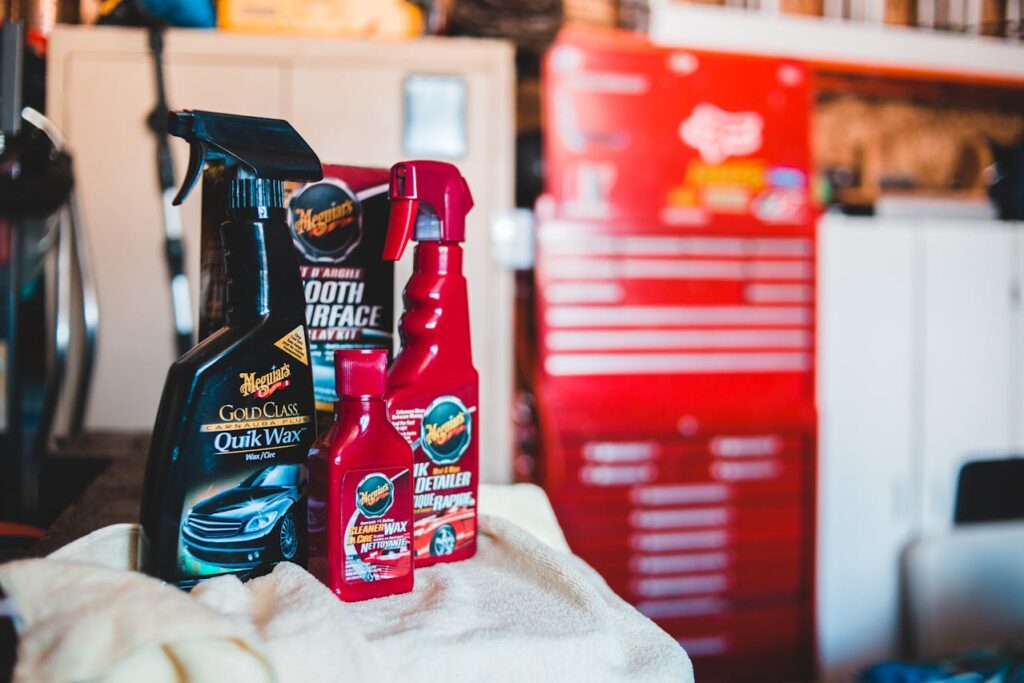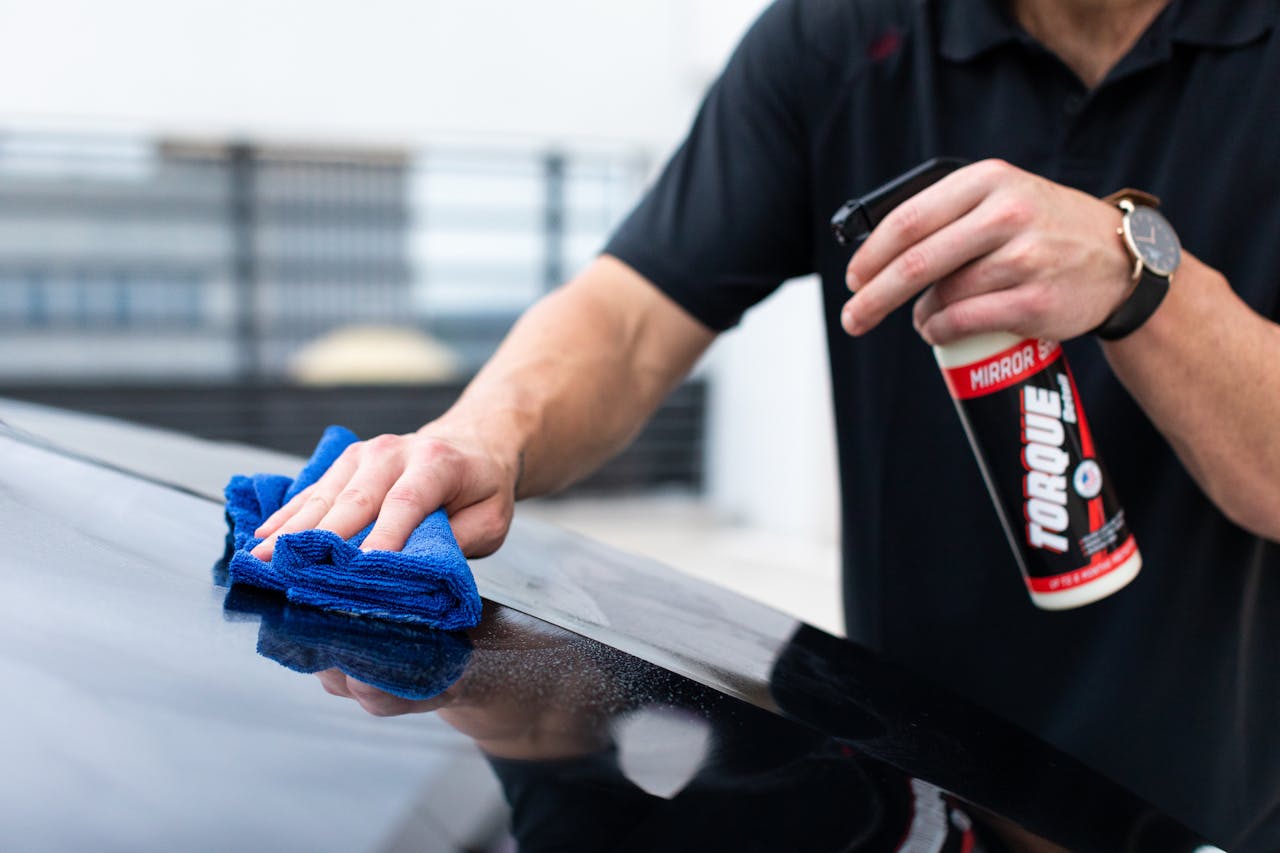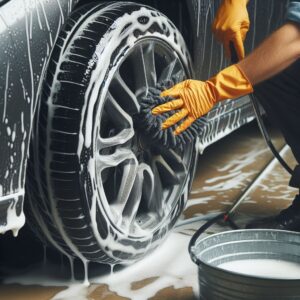Have you had a customer ask you about a ceramic coating vs a wax coating, yet? Most customers don’t seem too concerned with the coating, they just want the paint protected and looking good so they can flex on their friends and neighbors. A shiny ride is a shiny ride.
But, some will want to know what you use and will question every detail. Such as a spray ceramic coating vs a spray wax, and so on. Nowadays, there are just way too many products on the market for the average person to keep up with. A few years ago, ceramic coatings were rare. Now, they are mainstream and everyone wants one.
Some may argue that ceramic coatings look better, but they might have never seen a dark-colored vehicle waxed with Meguiars Mirror Shine. They both have their benefits, that’s for sure!
Megauir's Mirror Shine wax still provides the best reflection at a low cost! What do you think? #autodetailing #mobiledetailing
— MobileDetailingBiz (@MobileDetailBiz) May 5, 2024
Understanding the differences, advantages, and drawbacks of each option is crucial for enthusiasts and professionals alike. Let’s delve into the nuances of these two popular coating solutions.
Wax Coatings: A Time-Honored Tradition
- Wax coatings have been a staple in automotive detailing for generations, cherished for their ability to enhance shine and provide a protective barrier against environmental elements.
- Derived from natural substances such as carnauba or synthetic polymers, wax coatings create a glossy finish that accentuates the vehicle’s paintwork.
- The application process involves a hands-on approach, requiring meticulous buffing and polishing to achieve desired results.
- While wax coatings offer a satisfying tactile experience and a classic aesthetic appeal, they typically require more frequent reapplication compared to ceramic coatings.
Ceramic Coatings: The Vanguard of Modern Protection
- Ceramic coatings represent the cutting-edge of automotive surface protection, harnessing nanotechnology to create a durable and hydrophobic shield.
- Composed of liquid polymer solutions containing ceramic nanoparticles, these coatings chemically bond with the paint surface, forming a resilient layer that repels water, dirt, and UV rays.
- Unlike wax coatings, ceramic coatings offer long-lasting protection, with some formulations boasting durability of up to several years.
- Application of ceramic coatings requires careful surface preparation and meticulous attention to detail to ensure proper bonding and maximum effectiveness.
- While ceramic coatings may lack the tactile experience of wax application, they provide unparalleled durability and ease of maintenance, making them a preferred choice for many enthusiasts and professionals.
Ceramic Coating vs. Wax Coating – What To Offer Customers?
- Factors such as budget, desired level of protection, and personal preference should inform the decision-making process when choosing between wax and ceramic coatings.
- Enthusiasts who enjoy the hands-on nature of detailing and prioritize a classic aesthetic may find wax coatings to be the ideal choice.
- For those seeking maximum durability, ease of maintenance, and long-lasting protection, ceramic coatings offer unmatched performance and peace of mind.
- It’s essential to follow manufacturer recommendations for application and maintenance to ensure optimal results and longevity of the chosen coating.
- Ultimately, whether opting for wax or ceramic, the key is to invest time and effort into proper surface preparation and application techniques to achieve the desired level of shine and protection.

Final Verdict
In the dynamic world of automotive detailing, the debate between wax and ceramic coatings continues to spark discussion and intrigue. By understanding the unique characteristics and benefits of each option, enthusiasts and professionals can make informed decisions to safeguard and enhance the beauty of their vehicles for years to come.
Ceramic coatings have become the industry standard, and everyone with a new car now wants a long-lasting coating to protect their investment. The market is also flooded with spray coatings and hybrid options. Find what you like to apply, that works the best, and allows you to get the job done as efficiently as possible without any sacrifice in quality.




